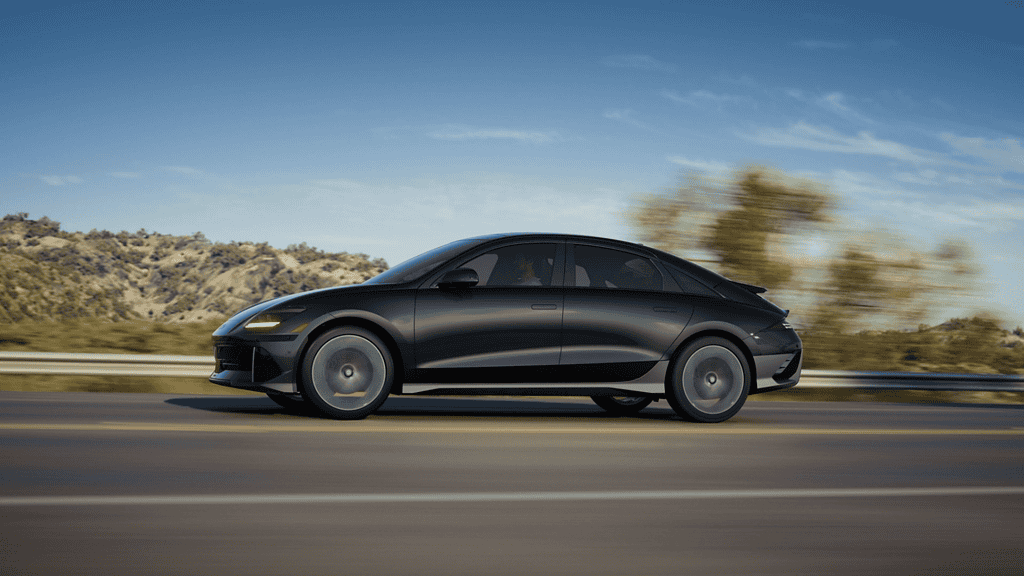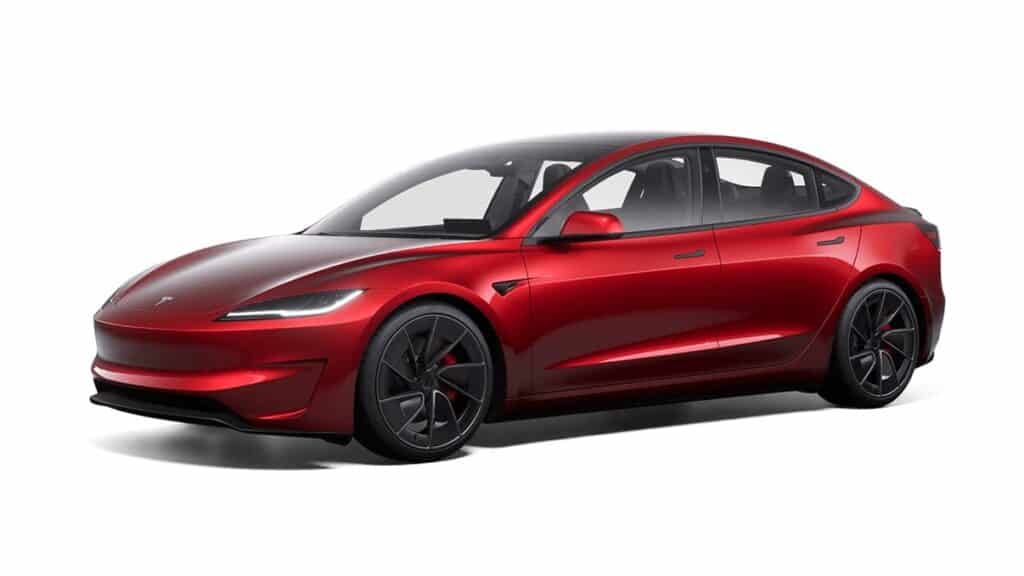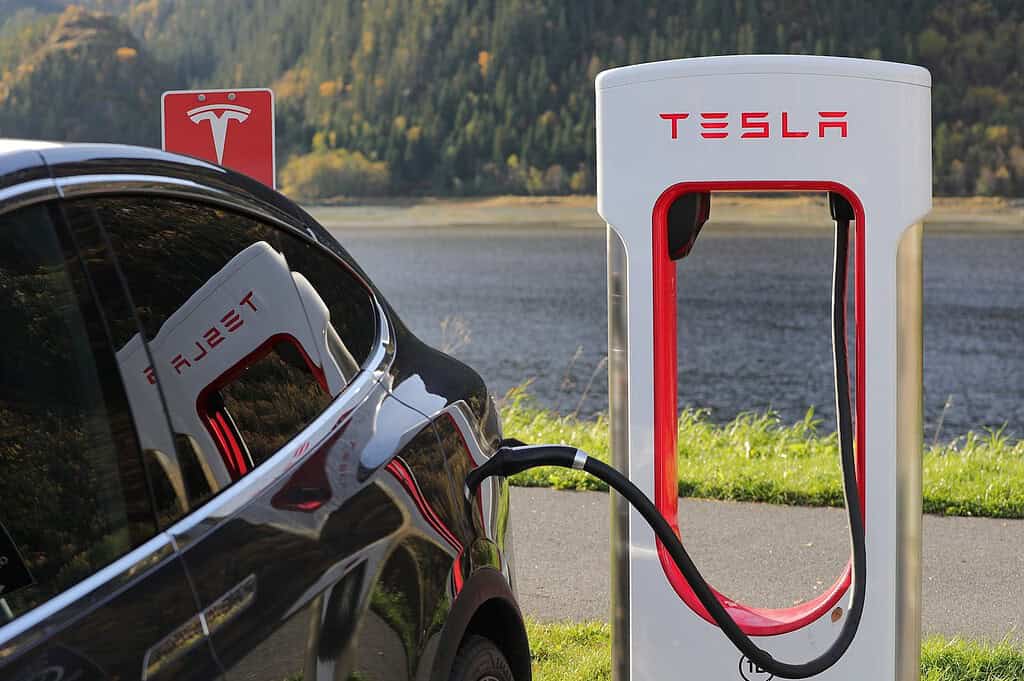Two particularly notable candidates leading the charge in 2025 are the Tesla Model 3 and the Hyundai Ioniq 6, as the electric sedan space is heating up. Both are elegant, tech-forward EVs with different design philosophies and great range and rapid acceleration. Which one, though, ought you to store in your garage?
Let’s head-to-head compare to assist in your decision-making.
Price & Value: Hyundai leads
Starting at $39,045, the Hyundai Ioniq 6 boasts outstanding value beginning from the base model. Pricing $43,995, the SE Long Range RWD grade finds the ideal mix between performance and distance, surpassing more expensive EVs.
Starting at $44,130, the most reasonably priced trim on the Tesla Model 3 is now the Long Range RWD. Although Tesla offers luxury branding and performance, you will spend more to have it—especially if you wish for AWD or the Performance model, which runs up to $56,630.

The Hyundai Ioniq 6 is the winner because of its reasonable price and abundant standard features.
Range & Efficiency: Tesla Still Has the Edge (Just Barely)
| Model | Max EPA Range | Real-World Range | MPGe (Combined) |
|---|---|---|---|
| Model 3 Long Range RWD | 363 miles | 310 miles | 128 |
| Model 3 Performance AWD | 296 miles | 260 miles | 91 |
| Ioniq 6 SE Long Range RWD | 342 miles | 260 miles | 140 |
Particularly in the Long Range RWD variant, Tesla’s real-world highway range somewhat exceeds Hyundai’s. Hyundai’s official efficiency rating (140 MPGe) is industry-leading, however, which, over time, results in reduced charging costs.
Winner: Tie – Hyundai gains on general efficiency; Tesla wins on highway range.
Performance: Tesla Is the Driving Enthusiast’s Dream
One of the fastest EVs in its class, the Tesla Model 3 Performance AWD leaps from 0–60 mph in about 2.8 seconds.
Impressive but not nearly neck-snapping, the Hyundai Ioniq 6 AWD strikes 60 in 4.3 seconds.
Particularly in the Performance model with revised suspension and brakes, Tesla also provides better steering and livelier handling. Meanwhile, Hyundai provides a more refined and calm daily driving.

For pure driving exhilaration and adrenaline, the winner: Tesla Model 3.
Design & Interior: Style vs Simplicity
Inspired by retro-futurism, the Hyundai Ioniq 6 has a bold, sinuous silhouette. Inside, it’s modern and airy with soft-touch materials throughout, Apple CarPlay/Android Auto, and dual 12.3-inch screens.

The Tesla Model 3 mostly follows minimalism. Turn signals and gear choice are only two of the things under control on one touchscreen. While it seems futuristic, some drivers find it less intuitive.

Hyundai’s enhanced comfort and tech integration will be much appreciated by rear-seat passengers. Especially when charging, Tesla excels in software and streaming entertainment (YouTube, Netflix, gaming).
The Hyundai Ioniq 6 is the winner for its more user-friendly cabin and tech compatibility.
Cargo & Practicality: Tesla Wins by Volume
Thanks to a spacious trunk and frunk mix, Model 3 presents up to 21 cu-ft of cargo capacity.
Ioniq 6 is just 11 cu-ft, which could let down regular road-trippers or transporters.
For pure storage capability, the winner: Tesla Model 3.
Charging and Tech
Fast charging up to 250 kW, the broad Supercharger network helps Tesla with integrated travel planning.
With 10–80% in under 20 minutes under optimal conditions, Hyundai offers up to 235 kW rapid charging. Access to charging networks could, however, call for outside apps and planning.

For infrastructure and charging convenience, the Tesla Model 3 is the winner.
Safety & Driver Assistance
Both sedans include strong driver-assist suites:
Tesla Model 3:
Adaptive cruise control, emergency braking, and autopilot with automatic lane changes.
Hyundai Ioniq 6:
Smart Sense system, lane-centering, pedestrian detection, and adaptive cruise.
Hyundai offers a more conventional, user-friendly experience with physical controls and HUD in the Limited trim; Tesla’s technology is more sophisticated.
Depending on your tech taste, the winner: tie.
Warranty & Maintenance: Hyundai Dominates
| Coverage | Tesla | Hyundai |
|---|---|---|
| Basic | 4 yrs / 50,000 mi | 5 yrs / 60,000 mi |
| Battery | 8 yrs / 100,000 mi | 10 yrs / 100,000 mi |
| Powertrain | 8 yrs / 100,000 mi | 10 yrs / 100,000 mi |
| Free Maintenance | ❌ None | ✅ 3 yrs / 36,000 mi |
The Hyundai Ioniq 6 is the winner for improved long-term value and comfort of mind.
Final Verdict: Which EV Should You Choose?
| Category | Winner |
|---|---|
| Price & Value | Hyundai Ioniq 6 |
| Range & Efficiency | Tie |
| Performance | Tesla Model 3 |
| Interior & Tech | Hyundai Ioniq 6 |
| Cargo | Tesla Model 3 |
| Charging | Tesla Model 3 |
| Safety & Assistance | Tie |
| Warranty | Hyundai Ioniq 6 |
Choose the Tesla Model 3 if:
You want access to the Supercharger network; you seek high-speed thrills and sport-sedan dynamics; you’re good with a touchscreen-first experience.
Choose the Hyundai Ioniq 6 if:
You want maximum value and warranty protection; you also wish for comfort, familiarity, and CarPlay/Android Auto. You appreciate strong, unique architecture with a tech-rich cabin.
The performance master with unparalleled charging simplicity is the Tesla Model 3. For real-world consumers with value, efficiency, comfort, and warranty confidence, however, the Hyundai Ioniq 6 makes a better case.
Still undecided?. Test drive both; you will know which one suits your type.
For more information about both the EVs, visit their official websites–
Tesla Model 3- Website.
Hyundai Ioniq 6- Website.
👉 Please 📩SUBSCRIBE to us for more real-world EV analysis, news, and deep dives — written for EV fans by EV fans.
Hey, I’m Badal! I’m super passionate about cars—especially electric ones. Whether it’s EVs, electric trucks, bikes, or anything with a battery and wheels, I’m all in. I love writing blogs and articles that break things down for fellow enthusiasts and curious readers alike. Hope you enjoy the ride as much as I do! Enjoyed reading? You can buy me a coffee on PayPal ☕ → paypal.me/BadalBanjare
